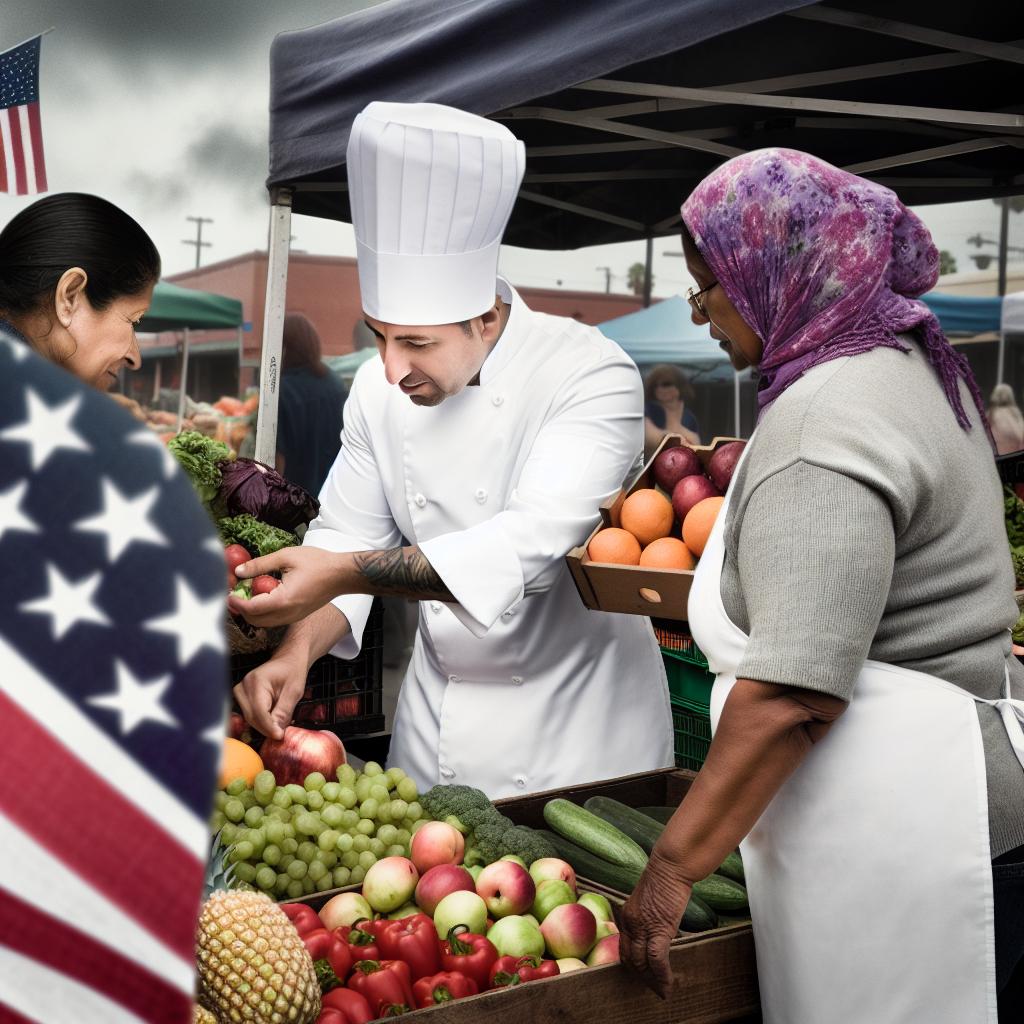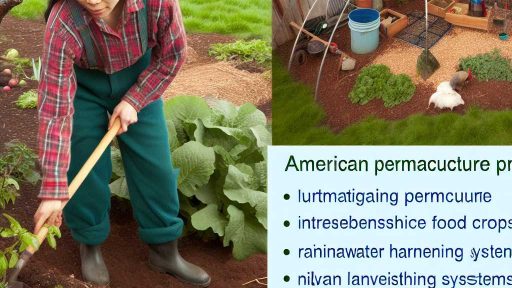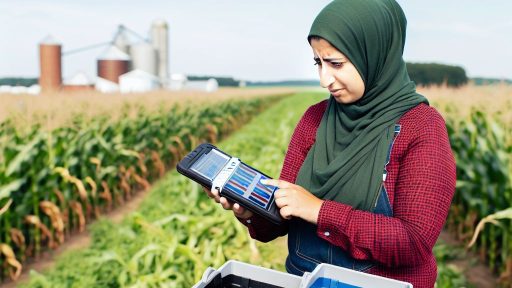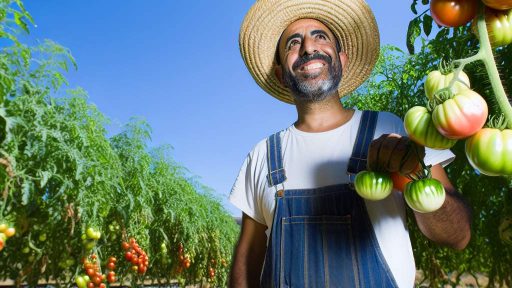Introduction to Farm-To-Table Concept and Its Importance
The farm-to-table movement emphasizes local food sourcing.
It connects consumers directly with food producers.
This approach enhances food quality and freshness.
Additionally, it supports local economies by promoting nearby farms.
Farm-to-table practices foster a sustainable food system.
Benefits of Supporting Local Food Producers
Collaborating with local producers strengthens community bonds.
It encourages transparency in food sourcing.
Consumers can learn about the food’s origins and methods.
Moreover, local producers often use sustainable practices.
Enhancing Recipes Through Local Ingredients
Farm-fresh ingredients lead to vibrant flavors in dishes.
Seasonal produce enhances the variety of menu options.
Cooks can experiment with diverse regional specialties.
This creativity enhances the overall dining experience.
Challenges and Solutions in Collaboration
Working with local producers may present logistical challenges.
Limited availability of certain ingredients can occur.
Transform Your Agribusiness
Unlock your farm's potential with expert advice tailored to your needs. Get actionable steps that drive real results.
Get StartedBuilding strong relationships facilitates better communication.
Regular meetings can help address potential issues proactively.
Establishing clear expectations and commitments is essential.
Adopting a flexible approach enhances cooperation.
Identifying Local Food Producers
Understanding the Importance of Local Sourcing
Local sourcing strengthens community ties and supports regional economies.
Additionally, it promotes sustainable agricultural practices.
Working with local producers ensures freshness and enhances flavor profiles.
Utilizing Local Markets
Attend farmers’ markets to connect directly with producers.
These markets often showcase local varieties of produce and artisanal goods.
Network with vendors to discover new partners for your pop-up events.
Researching Community Resources
Use online directories to identify local farms and food producers.
Websites and social media platforms can provide valuable insights.
Additionally, consider reaching out to local agricultural organizations.
Visiting Local Farms
Schedule visits to farms to foster relationships with producers.
This personal interaction builds trust and understanding.
Observe their practices to ensure sustainable and ethical sourcing.
Engaging with Food Networks
Join local food networks to enhance your sourcing strategy.
These networks often share invaluable resources and connections.
Collaboration with peers can lead to new partnerships and ideas.
Participating in Workshops and Events
Attend workshops focused on sustainable farming and local sourcing.
These events foster knowledge sharing among producers and consumers.
Engagement in such activities can help identify potential partners.
Building Relationships with Local Farmers and Producers
Identifying Potential Partners
Start by researching local farms and food producers in your area.
Look for those committed to sustainability and quality.
Showcase Your Farming Business
Publish your professional farming services profile on our blog for a one-time fee of $200 and reach a dedicated audience of farmers and agribusiness owners.
Publish Your ProfileVisit farmers’ markets to meet producers face-to-face.
Networking events can also provide invaluable connections.
Engage with online platforms that promote local food networks.
Establishing Communication
Once you’ve identified potential partners, initiate contact.
Reach out via email or social media to introduce yourself.
Express your interest in collaborating for farm-to-table events.
Schedule meetings to discuss mutual goals and values.
Be open to listening actively to their ideas and concerns.
Building Trust and Respect
Trust is vital in any collaboration.
Show consistent support by promoting their products.
Be transparent about your intentions and expectations.
Honor commitments, and always meet deadlines.
Celebrate their achievements and milestones genuinely.
Creating Collaborative Opportunities
Identify ways to feature local products at your events.
Plan seasonal menus that highlight what’s abundantly available.
Co-host workshops that educate attendees about local produce.
Consider sourcing ingredients for a shared dish collaboratively.
Engage in promotional campaigns together for greater reach.
Evaluating and Reflecting on Partnerships
Regularly assess the success of your collaborations.
Request feedback from producers on the process and event outcomes.
Share insights on customer responses and sales data.
Reflect on areas for improvement and celebrate successes together.
Adjust strategies based on mutual feedback for future events.
See Related Content: Artisanal Food Production for Small-Scale Farmers
Establishing Clear Communication Channels
The Importance of Communication
Effective communication is essential for successful farm-to-table pop-ups.
It helps align expectations between producers and organizers.
Furthermore, clear communication builds trust among all parties involved.
Utilizing Digital Tools
Utilizing digital tools enhances communication efficiency.
For instance, project management software can keep everyone informed.
Additionally, messaging apps can facilitate quick updates.
Regular Meetings
Scheduling regular meetings fosters open dialogue.
These meetings should focus on production timelines and menu planning.
Moreover, they offer opportunities to address any concerns promptly.
Feedback Loops
Creating feedback loops ensures continuous improvement.
Encouraging producers to share their thoughts promotes collaboration.
Feedback helps refine processes and enhance overall success.
Transparency in Pricing
Being transparent about pricing fosters trust and accountability.
Producers should clearly communicate their costs to organizers.
In return, organizers should disclose pricing structure to customers.
Documenting Agreements
Documenting agreements prevents misunderstandings.
Showcase Your Farming Business
Publish your professional farming services profile on our blog for a one-time fee of $200 and reach a dedicated audience of farmers and agribusiness owners.
Publish Your ProfileAll parties should keep a written record of important decisions.
This documentation can include contracts, pricing, and delivery schedules.
Find Out More: Farm Fresh Delivery Services for Seasonal Fruits and Vegetables
Collaborative Planning
Menu Development
Creating a menu requires thoughtful collaboration with local chefs and producers.
This teamwork ensures the menu reflects seasonal availability and regional specialties.
Identify key food producers in your area who can supply fresh ingredients.
Engage in discussions to understand what ingredients are currently in season.
Incorporate feedback from chefs to develop dishes that highlight these ingredients.
Consider conducting tasting sessions that involve producers and chefs.
This way, everyone can offer input and refine the flavors together.
Engage local culinary schools for additional talent and creativity.
Such partnerships often yield innovative dishes that attract customers.
Ingredient Sourcing
Sourcing ingredients directly from local farms fosters community relationships.
Establish partnerships with farmers who share your commitment to sustainable practices.
Visit local farms to observe their products and farming methods.
This firsthand experience builds trust and strengthens collaborations.
Utilize online platforms to discover additional local producers.
These platforms often provide information on product availability and pricing.
Organize regular meetings to discuss crop yields and supply expectations.
Clear communication prevents misunderstandings and strengthens partnerships.
By sourcing locally, you reduce environmental impact and support the local economy.
Additionally, sourcing fresh ingredients enhances the quality of your dishes.
Delve into the Subject: How to Integrate Heirloom Crops Into a Profitable CSA Program
Event Logistics
Coordinating Delivery of Local Produce
Effective collaboration starts with clear communication.
Establish a timeline for produce delivery early in the planning.
Coordinate with local farmers to determine their harvest schedules.
This ensures that fresh ingredients are available for use.
Consider setting up a centralized delivery point for efficiency.
Using one location streamlines the process for all stakeholders.
Contact delivery services that specialize in local food transportation.
Building strong relationships with these services is beneficial.
Confirm delivery times to avoid any last-minute surprises.
Proper Storage Solutions
Once the produce arrives, quick and proper storage is essential.
Ensure you have the right storage facilities in place before the event.
Refrigeration is critical for preserving fruits and vegetables.
Additionally, consider appropriate containers to prevent damage.
Label all items clearly to assist in easy identification.
Organize the storage area for efficient access during preparations.
Maintaining Freshness
Regularly check the condition of stored produce during the event.
Implement a rotation system to prioritize using older items first.
Showcase Your Farming Business
Publish your professional farming services profile on our blog for a one-time fee of $200 and reach a dedicated audience of farmers and agribusiness owners.
Publish Your ProfileThis helps reduce waste and ensure quality service.
Keep in close contact with local producers throughout the event.
Communicate any issues regarding produce freshness directly.
Feedback helps improve future collaborations.
Post-Event Coordination
Engage with local producers after the event concludes.
Provide them with feedback on the quality and quantity of produce.
This creates opportunities for continuous improvement.
Discuss potential future events to maintain strong partnerships.
A close relationship benefits all parties involved.
See Related Content: Organic Small-Scale Farming Tips for Beginner Farmers

Marketing and Promoting Collaborations with Local Producers
Identifying Local Partners
Start by researching local farms and food producers in your area.
Attend farmers’ markets to meet potential partners directly.
Utilize social media platforms to discover well-respected local producers.
Creating Compelling Marketing Materials
Design promotional materials that highlight the collaboration.
Use high-quality images of the local produce and dishes.
Include stories about the farmers and their sustainable practices.
Clearly outline the benefits of supporting local agriculture.
Leveraging Social Media
Engage audiences on platforms such as Instagram and Facebook.
Share behind-the-scenes content showcasing the collaboration process.
Encourage local producers to share your posts to reach wider audiences.
Create a unique hashtag to connect all promotional content.
Collaborative Events and Promotions
Host pop-up events that feature local producers’ products.
Offer special discounts for attendees who bring family or friends.
Consider pairing menu items with stories about their origins.
Building Community Relationships
Engage with the local community through collaborative workshops.
Invite producers to participate in cooking demonstrations.
Integrate educational components about local food systems.
Encourage community feedback to foster ongoing relationships.
Measuring Success
Set clear metrics to track the effectiveness of marketing efforts.
Analyze attendance numbers and social media engagement post-events.
Gather testimonials from participants about their experiences.
Adjust future marketing strategies based on collected data.
Feedback Loops: Gathering Insights from Producers and Participants
Creating an Inclusive Environment
Effective collaboration starts with an open dialogue.
Producers should feel valued and included in the process.
Encouraging participation fosters creativity and innovation.
Further, inclusivity strengthens community ties among stakeholders.
Conducting Surveys and Interviews
Surveys provide valuable data about preferences and experiences.
Craft clear and concise questions to maximize responses.
Interviews allow for deeper insights and relationship building.
Choosing a diverse group of respondents enhances perspective.
Showcase Your Farming Business
Publish your professional farming services profile on our blog for a one-time fee of $200 and reach a dedicated audience of farmers and agribusiness owners.
Publish Your ProfileUtilizing Feedback for Improvement
Gathered insights should guide future collaborations.
Analyze feedback to identify common themes and trends.
Implement suggestions to refine the farm-to-table experience.
Regularly revisiting these insights keeps the project relevant.
Establishing a Continuous Feedback Loop
Create avenues for ongoing feedback from all stakeholders.
Regular updates and check-ins can deepen connections.
Encouraging feedback fosters a culture of continuous improvement.
This loop helps maintain a dynamic and responsive approach.
Sustainability Practices in Collaborations with Local Food Producers
Establishing Strong Partnerships
Effective collaboration begins with trust and transparency.
Local food producers thrive when they feel supported and valued.
Regular communication fosters relationships that promote sustainability.
Moreover, understanding each other’s goals aligns efforts towards common objectives.
Choosing Sustainable Ingredients
Selecting local ingredients minimizes transportation emissions.
This choice supports local economies and reduces carbon footprints.
Additionally, sourcing organic produce often ensures healthy options.
Many chefs prioritize seasonal ingredients to enhance their menus.
Implementing Eco-Friendly Practices
Using biodegradable packaging helps reduce waste effectively.
Furthermore, utilizing composting systems can transform food scraps into valuable soil amendments.
Collaboration can also encourage the sharing of resources among producers.
For instance, coordinating shared transportation reduces individual carbon footprints.
Educating Customers on Sustainability
Engaging customers in discussions about sustainability is crucial.
Informative events can showcase the benefits of local sourcing.
Moreover, creating marketing materials that highlight sustainable practices attracts conscious consumers.
Such efforts can enhance customer loyalty and support for local farmers.
Evaluating Impact and Making Adjustments
After events, gathering feedback can provide valuable insights.
Monitoring environmental impacts promotes continuous improvement.
Additionally, reviewing partnership strategies can refine future collaborations.
Ultimately, adapting practices ensures sustainable growth for all involved.
Additional Resources
Farm To Table Talk – Table talk about our food and how it’s produced.




